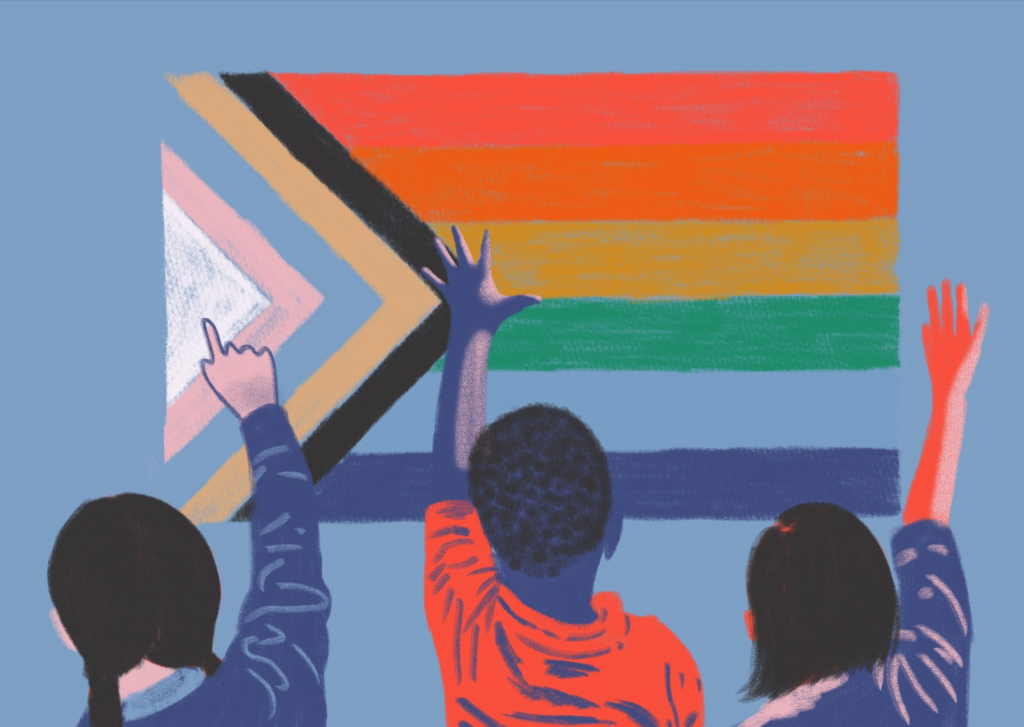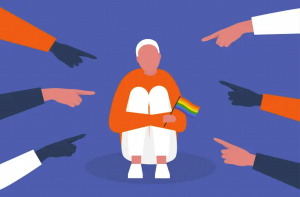 Written By: Alyssa-Rae McGinn
Written By: Alyssa-Rae McGinn
Introduction
On June 23, we celebrated the 50th anniversary of Title IX of the Education Amendments of 1972, which has served as the foundation of massive reforms combatting sex discrimination in U.S. educational institutions. Also on June 23, the Department of Education’s Office for Civil Rights (“OCR”) released a new Notice of Proposed Rulemaking, proposing amendments to the 2020 Title IX Regulations currently governing sex-based discrimination prevention and response in schools. The 2020 Regulations, first proposed by Betsy DeVos’ DOE beginning in 2018, codified detailed rules about schools’ obligations under Title IX and procedures for meeting those obligations. While some of these rules represented existing best practices and guidance in implementing Title IX, especially with respect to due process, some imposed new burdens that have been difficult to carry out in practice. The 2020 Regulations have been criticized for the ways in which they narrowed the scope of Title IX protections in schools, including by interpreting Title IX to exclude discrimination based on sexual orientation and gender identity.
In a March 2021 executive order, President Biden directed DOE to undertake a review of the existing rules, with a special eye to ensuring Title IX adequately protected LGBTQI+ students. Since then, many anticipated that DOE would seek to change the scope of Title IX to explicitly include sexual orientation and gender identity.
The proposed regulations released on June 23 do just that, but they also offer expansions that would broaden which issues can and must be addressed under Title IX. These expansions would provide additional safeguards for both complainants, those who report experiencing harm, and even respondents, those who are accused of causing harm. And, these expansions would provide particularly important protections against the kind of discrimination LGBTQI+ students face in schools most frequently. In this way, the proposed regulations would not only protect LGBTQI+ students in name, but provide tools for this protection to be effective.
LGBTQI+ Discrimination under the 2020 Regulations
Under the 2020 Regulations, it has been difficult to determine whether discrimination and harassment of LGBTQI+ students is covered by Title IX. Prior to 2021, DOE made it clear in its preamble to the 2020 Regulations, guidance, and decisions that it did not consider sexual orientation and gender identity to be part of the scope of Title IX. However, the month after the release of the final regulations, the Supreme Court decided in Bostock v. Clayton County that sex discrimination in the context of employment includes discrimination on the basis of sexual orientation and gender identity. The Supreme Court said that discrimination against a person on the basis of their sexual orientation or gender identity necessarily involves sex stereotypes, long recognized as part of sex discrimination. In June 2021, DOE issued a Notice of Interpretation indicating that it would enforce Title IX in a manner consistent with Bostock.
Although this move permitted LGBTQI+ students facing discrimination to raise complaints under Title IX, the narrow scope of the 2020 Regulations excludes many such complaints. The 2020 Regulations cover only sexual harassment and not sex discrimination that does not consist of actual harassment. This leaves many, even those outside the LGBTQI+ community, without a clear recourse when they report non-harassing discriminatory practices such as institutional bias or widespread use of sexist or exclusionary language. On top of this, the 2020 Regulations rely on a definition of hostile environment harassment requiring “severe, pervasive, and objectively offensive” conduct. This high bar means schools are not obligated to use the procedures in the 2020 Regulations to respond to certain kinds of harassment, such as repeated, low-grade harassment or microaggressions.
Under these narrow definitions, Title IX experts disagree as to what kind of discrimination meets the standard for proceeding under the 2020 Regulations’ formal procedures. While the regulations are generally regarded as a “floor” for sex discrimination response, many schools choose not to respond to reports outside this scope or employ informal resolutions or procedures that do not guarantee adequate rights to parties.
In particular for LGBTQI+ students, discrimination often comes in forms not covered by the 2020 Regulations. LGBTQI+ students are often subjected to unconscious bias, exclusionary language, and pervasive, low-grade bullying. Even the severity of intentional misgendering has been debated among Title IX experts, with many concluding that such conduct does not rise to the level of the 2020 Regulations’ requirements for harassment. Short of high-grade, repeated verbal and even physical harassment, schools are not required to provide a full and fair process for responding to LGBTQI+ exclusion. But the impact of discrimination on LGBTQI+ students is clear: In 2021, 75% of LGBTQ youth ages 13-24 reported experiencing discrimination based on their identity and 42% seriously considered attempting suicide. In addition, a 2019 study found that transgender students face unique barriers to completing higher education, including discrimination. Unfortunately, the language of the 2020 Regulations leaves little room for ensuring equal access to education for LGBTQI+ students.
The Proposed Regulations
The proposed regulations released on June 23 seek to address this gap by widening the reach of Title IX in several ways.
First, the proposed scope of “discrimination on the basis of sex” includes “discrimination on the basis of sex stereotypes, sex characteristics, pregnancy or related conditions, sexual orientation, and gender identity.”
While codifying the explicit extension of Title IX to sexual orientation and gender identity is important, it is perhaps even more important that the proposed regulations would provide broader definitions of the types of issues and conduct covered. The proposed regulations would be applicable to not only sexual harassment, but sex discrimination. This would extend Title IX obligations beyond incidents of misconduct by individuals and would compel schools to respond to complaints of institutional or systemic discrimination, even when there is no identifiable individual respondent. By including sex discrimination, the proposed regulations would capture the systemic issues of which individual harassment is often merely a symptom.
Finally, even for instances of harassment, the proposed regulations lower the standard from the 2020 Regulations’ “severe, pervasive, and objectively offensive.” Instead, hostile environment harassment would be defined as “unwelcome sex-based conduct that is sufficiently severe or pervasive” (italics added). This change in the definition would obligate schools to respond under the Title IX regulations even to low-grade harassment if it is “pervasive” and to single occasions of egregious harassment. With these expansions, the proposed regulations would apply to more types of discriminatory behavior, especially those types most often experienced by LGBTQI+ students.
Critics of the proposed regulations question whether these definitions are too broad and may permit schools to discipline respondents for conduct that is unintentional or that a respondent may not have even known was prohibited conduct. However, some schools are already responding to conduct not covered by the 2020 Regulations under other policies and procedures, many of which do not provide respondents with the due process safeguards contained in the 2020 Regulations. The Title IX regulations – both those currently in effect and those proposed – provide for a greater degree of uniformity, conformity to best practices, and, significantly, a guarantee of rights for both complainants and respondents.
Moving Forward
The proposed regulations are just that right now, and it remains to be seen what the final rule will look like. A version of the proposed regulations will be published in the Federal Register in the near future, after which there will be a 60-day period for public comments. Until the final rule is released, the 2020 Regulations remain in effect. However, schools can begin to use the proposed regulations as a springboard to consider how to provide the best protections for their LGBTQI+ students.
Sources:
34 C.F.R. § 106 (2020).
Abbie E. Goldberg et al., Trans Students Who Leave College: An Exploratory Study of Their Experiences of Gender Minority Stress, 60 J. COLL. STUDENT DEV. 381 (2019).
Exec. Order No. 14,021, 86 Fed. Reg. 13,803 (Mar. 8, 2021).
National Survey on LGBTQ Youth Mental Health 2021, THE TREVOR PROJECT (last visited July 5, 2022). (Link here).
U.S. Dep’t of Educ., Federal Register Notice of Proposed Rulemaking: Title IX of the Education Amendments of 1972 (June 23, 2022).
U.S. Dep’t of Educ., Enforcement of Title IX of the Education Amendments of 1972 With Respect to Discrimination Based on Sexual Orientation and Gender Identity in Light of Bostock v. Clayton County (June 22, 2021).


